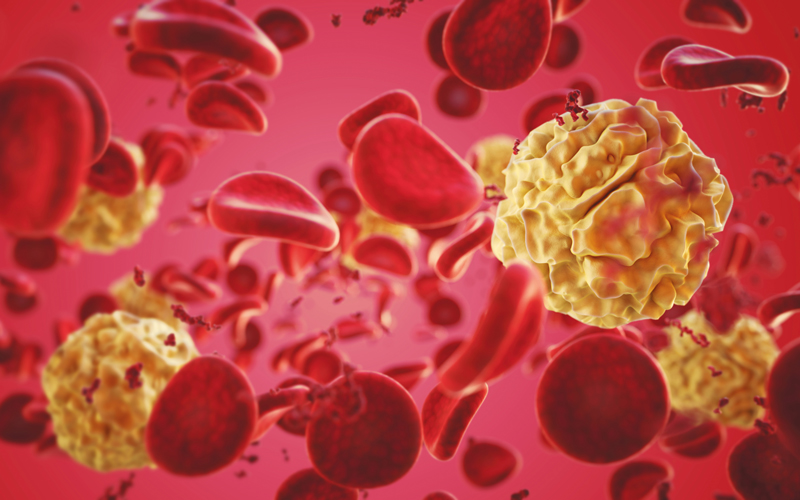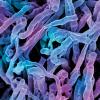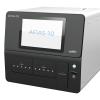This month's top news in brief stories

Microbiology
Identifying non-culturable Legionella with sequencing
Legionnaires’ disease is a respiratory infection caused by species of Legionella bacteria.
Scientists from the New York State Department of Health in Albany have described a cost-effective approach for using whole-genome sequencing to identify Legionella pneumophila that doesn’t require culturing.
The approach relies on a technique called RNA baiting. It begins with known organisms for which researchers already have cultures.
They use RNA strands – the baits – to extract DNA from the unknown specimen, which can then be sequenced and confirmed.
Point-of-care testing
Smartphones to measure biomarkers
A team of researchers at the National Institute of Standards and Technology (NIST) in the US has developed a technique that uses an ordinary mobile phone magnetometer to measure the concentration of glucose to a high level of accuracy.
The same technique, which uses the magnetometer in conjunction with magnetic materials designed to change their shape in response to biological or environmental cues, could be used to rapidly and cheaply measure a host of other biomedical properties for monitoring or diagnosing human disease. The method also has the potential to detect environmental toxins.
Microfluidics
Device to rapidly isolate blood plasma
Scientists from Singapore have developed a coin-sized chip that can directly isolate blood plasma from a tube of blood in just 30 minutes, which they claim is more user-friendly than the current gold-standard, multi-step centrifugation process.
Named ExoArc, in just one step, it can achieve high blood plasma purity by removing more than 99.9% of blood cells and platelets precisely and gently.
This will speed up clinical analysis of the cell-free DNA and RNA molecules and extracellular vesicles. These particles are often used to screen for biomarkers specific to certain cancers and diseases.
Image credit | iStock




